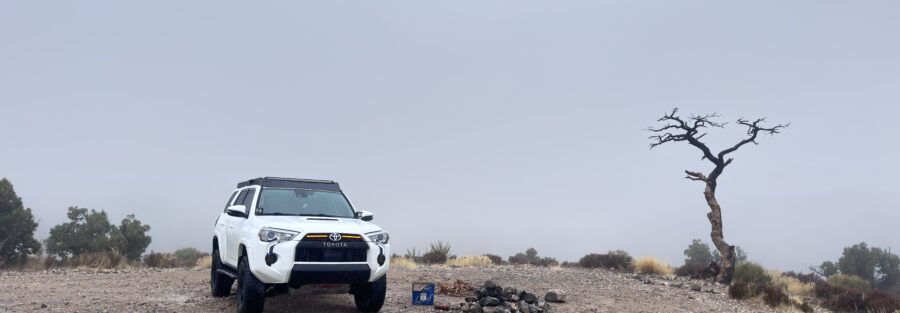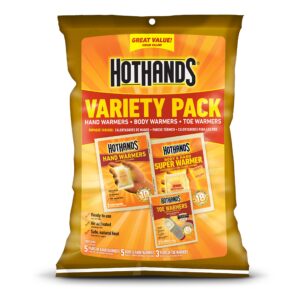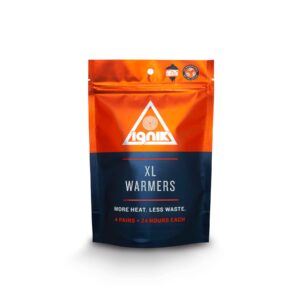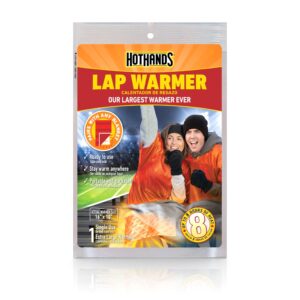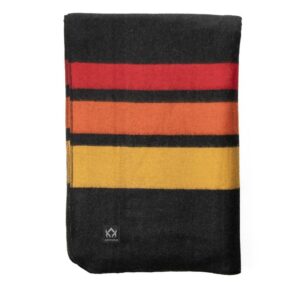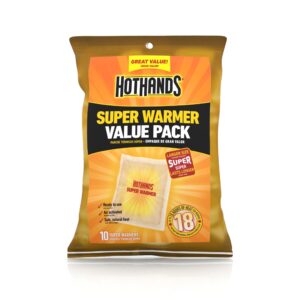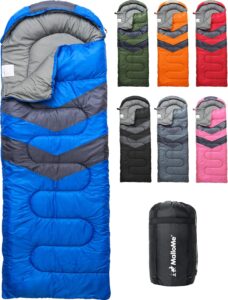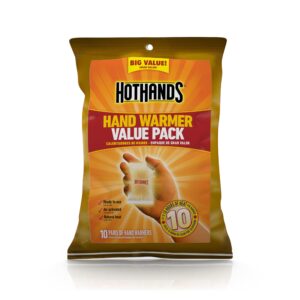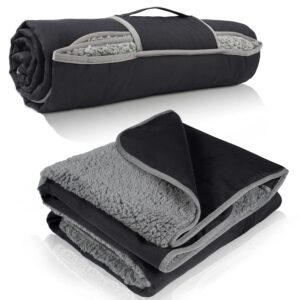Introduction:
Cold weather camping brings its own set of challenges. You need specialized gear to stay warm, dry, and safe when temperatures dip below freezing. Here are some of my cold weather camping essentials
Regular camping equipment just doesn’t cut it in these conditions. Essentials for winter camping include insulated sleeping systems, weatherproof clothing, reliable heating, and gear built for the cold.
The main difference between regular and cold weather gear is all about insulation, temperature ratings, and the right materials. Sleeping bags for winter use down or synthetic fill and are rated for specific lows.
Base layers and shells need to wick moisture and block wind and snow. Stoves should run on fuel that won’t freeze, and shelters must handle heavy snow.
When you pick winter gear, temperature ratings matter most. Choose sleeping bags and clothing rated for colder temps than you expect.
If you’re backpacking, weight and pack size matter. For car camping, you can bring heavier, warmer options.
Best Cold Weather Camping Essentials
We tried a bunch of winter camping products to see what actually keeps you warm and safe when it gets frigid. Here are our top picks for sleeping bags, insulation layers, and heating gear that actually work in the cold.
HotHands Variety Pack
This pack gives you a mix of warmers in different sizes. They’re great as backup heat sources on cold trips, but probably not enough as your main heat.
Pros
- Heats up in 15-30 minutes and lasts for hours
- Variety of sizes for hands, feet, and body
- Super lightweight and easy to pack
Cons
- Single-use; creates waste if you use a lot
- Heat drops off in really cold temps
- Can feel bulky in tight gloves or boots
We used these on a winter camping trip in 20 degree weather. The hand warmers worked well in jacket pockets and warmed up our fingers while setting up camp.
The toe warmers felt a little thick at first in our boots, but after an hour, we barely noticed them. Our feet stayed comfortable all day.
We liked using the super warmers to preheat our sleeping bags. Putting one near our feet and another by our core made a noticeable difference at night.
Activation’s easy, just open the package and shake. They work better when exposed to air, so don’t tuck them away too soon.
Ignik XL Body Warmers
These eco-friendly warmers put out solid heat for winter camping. The performance can be a bit hit-or-miss depending on the pack.
Pros
- Lasts nearly 24 hours as advertised
- Reusable pouches let you save unused heat
- Biodegradable materials are better for the environment
Cons
- Some don’t activate properly and barely get warm
- Can clump up and stop producing heat
- Quality varies between warmers in the same pack
We tried these on a winter camping trip and got mixed results. The ones that worked gave steady warmth in our sleeping bags all night.
The reusable pouch feature is handy. We could reseal partially used warmers and use them the next day.
But we did get a couple of duds that barely heated up. The contents turned into hard clumps instead of staying loose and warm, which was kind of frustrating.
The big size fits well in sleeping bags but feels too bulky in jacket pockets. We appreciate the biodegradable materials, especially for multi-day trips.
HotHands Lap Warmer
This lap warmer gives steady heat for up to eight hours. You don’t need batteries or a power source, which is a relief.
Pros
- Large enough to cover your lap and upper legs
- No setup, just open and use
- Stays warm for a long evening at camp
Cons
- Single-use, so you’ll need extras for long trips
- Takes a while (up to 30 minutes) to reach full heat
- You can’t adjust the temperature
We tested this lap warmer while sitting around the campfire. The 16×10 inch size covered our lap nicely in the camp chair.
Activation is straightforward, open, shake, wait. In about 20 minutes, warmth spread across the whole thing.
It kept us comfortable for a full eight hours. We even tossed it over our sleeping bag before bed and it helped keep our core warm.
Arcturus Wool Blanket
This heavyweight wool blanket brings reliable warmth and works well as an all-purpose winter companion.
Pros
- Keeps you warm even when damp
- Machine washable and softens over time
- Reinforced edges prevent fraying
Cons
- Scratchy texture at first
- Strong wool smell out of the package
- Heavier than synthetic blankets
We’ve used this blanket on several winter trips. The 70% wool blend stays warm even if your tent gets a bit damp.
It weighs 4.5 pounds, so it’s best for car camping. The initial smell was strong, but after a wash, it faded and the fabric softened up.
We noticed it outperformed synthetics in damp conditions. The tight weave and reinforced edges hold up well to outdoor use and washing.
It washes easily on cold and comes out looking good. Line drying takes a bit, but that’s wool for you.
HotHands Super Warmers
These warmers give steady heat for up to 18 hours. They’re simple to use and don’t require any setup.
Pros
- Consistent warmth all night
- Quick activation, just shake and expose to air
- Works even in frigid, windy conditions
Cons
- Single-use means more waste
- Feels slow to heat up when you’re cold
- Can get too hot against bare skin
We used these on a 20 degree camping trip. They heated up in about 20 minutes and stayed warm all night.
The bigger size works well in sleeping bags or jackets. They really help keep your core warm, and the heat stays steady for hours.
We were impressed by their performance in windy weather. Other brands we’ve tried lose heat quickly, but these kept working even when we had to step outside the tent at night.
The downside is the waste from single-use packets. Also, be careful, they can get pretty hot if you put them right against your skin.
QIO CHUANG Emergency Mylar Blankets
These blankets give you solid heat retention and durability for cold weather camping. They’re affordable and surprisingly tough.
Pros
- Reflective mylar traps body heat well
- Durable, doesn’t tear easily with normal use
- Big enough for most adults (84 by 55 inches)
Cons
- Crinkly noise can be annoying
- Bright orange color isn’t great for stealth
- Tricky to refold after opening
We tried these on a chilly October trip. The mylar material kept us warm when temps dropped into the 40s.
They feel sturdier than most emergency blankets. We pulled them tight and didn’t see any rips.
At just over 2 ounces, they pack down small. Four blankets per pack is handy for spreading them across different gear bags.
We noticed the waterproofing helped when dew settled on our tent in the morning.
MalloMe Sleeping Bag
This sleeping bag is a solid pick for moderate weather camping. It’s comfy, easy to pack, and won’t break the bank.
Pros
- Packs down small with the compression sack
- Double-sided zippers don’t snag
- Machine washable
Cons
- Only good for temps above 50°F
- Synthetic fill can get a bit stuffy
- Rectangular shape takes up more space in the tent
We’ve used this on several spring and fall camping trips. It kept us comfortable when nights stayed between 55 and 65 degrees.
The compression sack squeezes the bag down nicely. We fit it in our backpack without much fuss.
After a muddy trip, we tossed it in the washer and it came out clean. The shell wipes off easily for lighter dirt.
The zippers really impressed us, no jams, even in the dark. Drawstrings around the head help keep warmth in when it gets chilly.
HotHands Hand Warmers
These hand warmers are a must for cold camping trips. They’re reliable, simple, and last all day.
Pros
- Lasts most of the day
- No batteries or charging needed
- Super lightweight and easy to pack
Cons
- Takes up to 30 minutes to heat up
- Single-use only
- Can’t control the heat level
We tried these on a winter camping trip. They took about 20 minutes to kick in, but then stayed warm for hours.
We tossed them in gloves and pockets. They work best when you let a little air in, tight spaces make them less effective.
Each warmer is tiny and light. We packed a bunch without noticing the weight.
If they cool down, just shake them and let in some air. We had to do this a few times when they were buried in pockets.
Purjoy Warm Fleece Balaclava
This fleece balaclava keeps your face and neck warm for cold weather camping and comes at a good price.
Pros
- Thick fleece keeps face and neck toasty
- Full coverage blocks wind well
- Budget-friendly
Cons
- Drawstring feels cheap and doesn’t adjust well
- Bulky, restricts movement a bit
- Hand-wash only, not ideal for long trips
We tested this on a few winter trips. It kept our faces warm in tough conditions.
The fleece feels soft and doesn’t irritate skin. Full coverage blocks wind from your neck and cheeks.
The drawstring adjustment is a letdown, it’s flimsy and doesn’t hold. The thick material also makes eating or drinking awkward without pulling it down.
For basic warmth, it does the trick. We liked it most when sitting around camp or sleeping in the tent.
Tirrinia Waterproof Outdoor Blanket
This blanket is a solid pick for cold weather camping. It’s warm, blocks wind, and feels soft, but you’ll need to treat it gently.
Pros
- Surprisingly warm for how thin it is
- Wind and water resistant backing
- Sherpa lining is soft and cozy
Cons
- Tears easily on rough ground
- Not fully waterproof
- Large size can be awkward to pack
We used this on a chilly camping trip and stayed warm. The sherpa lining is super comfy, and the backing does a decent job blocking wind and light moisture.
We wrapped up in it by the fire and felt fine even as the temperature dropped. It’s light enough to carry around camp easily.
We did notice some small tears after a few uses outside. Heavy rain will soak through eventually, so don’t count on it for full waterproofing.
Buying Guide
When we shop for cold weather camping gear, we focus on features that keep us warm and safe. Price matters, but quality’s way more important if conditions get rough.
Temperature Ratings
Always check the temperature ratings on sleeping bags and clothing. Look for gear rated 10–15 degrees below the coldest temps you expect, gives you a safety net.
Synthetics work better if they get wet. Down is warmer but loses heat fast when damp.
Material Quality
Look for durable, tear-resistant fabrics. Reinforced stress points on tents and packs are a big plus.
Key features to check:
- Waterproof ratings (3000mm or higher is best)
- Breathable fabrics to cut down on sweat
- Zippers that work in the cold
- Sealed seams on rain gear and tents
Size and Weight
Balance warmth with pack weight. Heavier gear usually means more insulation and durability, but it’s a tradeoff.
| Item Type | Weight Priority | Warmth Priority |
|---|---|---|
| Sleeping Bags | Medium | High |
| Base Layers | High | High |
| Outer Shells | Low | Medium |
| Boots | Low | High |
Budget Planning
Honestly, it makes sense to spend a little more on things that touch your skin or shield you from the elements. Base layers, sleeping bags, and solid boots usually deserve the biggest chunk of your budget.
Take a look at features in different price brackets. Sometimes, those mid-range picks hit the sweet spot for weekend campers.
Support the Adventure
To make your walls less boring, check out my photography portfolio and bring a piece of the wild and my story into your home.
If you’d like to fuel future adventures, you can donate a coffee on Ko-Fi. Every cup keeps me chasing sunrises and stories.
When you shop using my affiliate links, every click helps support this blog at no extra cost to you. It’s a small way to keep Unicorn Adventure alive and kicking while I keep exploring.
Subscribe to my mailing list for future updates, new stories, and behind-the-scenes adventures.
Stay connected with me on Instagram and Facebook for more photos and daily inspiration.
Thanks for being part of the journey, Unicorn Squadron!


